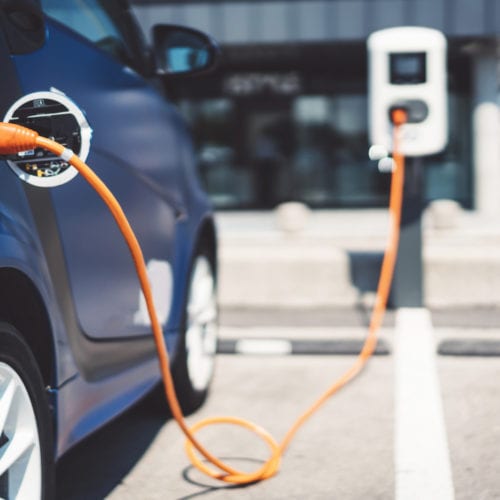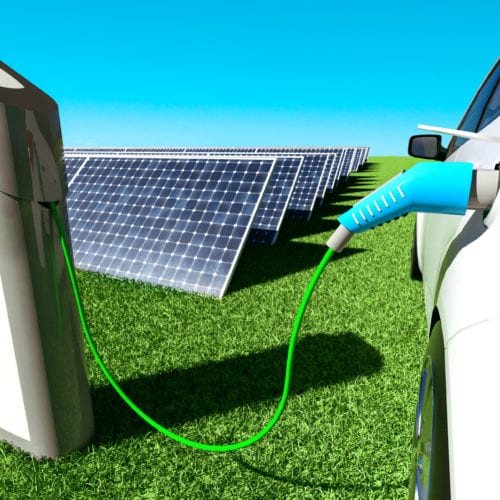
Transportation

Frameworks for Stimulus
As the COVID-19 pandemic spreads across the world, countries are witnessing an unprecedented shock to their economic, healthcare, and industrial systems—and a global recession is likely already underway. Not only do we need decisive fiscal action to avoid a deep and potentially long-lasting economic downturn, but…

Coronavirus and the Fragility of Auto-Centric Cities
The coronavirus has exposed the ills of continued automobile-centric urban planning practices that adversely impact equity, health, and the climate. Those of us who are working from home, own an automobile, and can conveniently make grocery runs may overlook the fact that many in this country are not so lucky.

After the Pandemic, Use EVs to Absorb Spare Utility Capacity
Before the coronavirus pandemic hit, demand for electricity had already been flat or declining on most utility grids in the United States for a decade. But with 297 million people—90 percent of the US population—now under “shelter in place” or “stay at home” orders, the load on utility systems…

Electric Vehicles Are the Next Dominant Class of Renewable Energy Buyers
Electric vehicle (EV) adoption is growing rapidly. According to 2019 Bloomberg analysis, annual passenger EV sales surpassed 2 million in 2018, are expected to increase to 10 million by 2025, 28 million by 2030, and will comprise over half of all passenger vehicle sales by 2040, or 56 million vehicles…

Oil Market Disruptions and Climate Action Tipping Points
While it is far too early to discuss the long-term impacts of the spread of COVID-19, in addition to the toll on human lives it has already caused significant disruptions to the global economy. As Rocky Mountain Institute focuses on promoting the wellbeing of our employees, communities, and partners, we…
